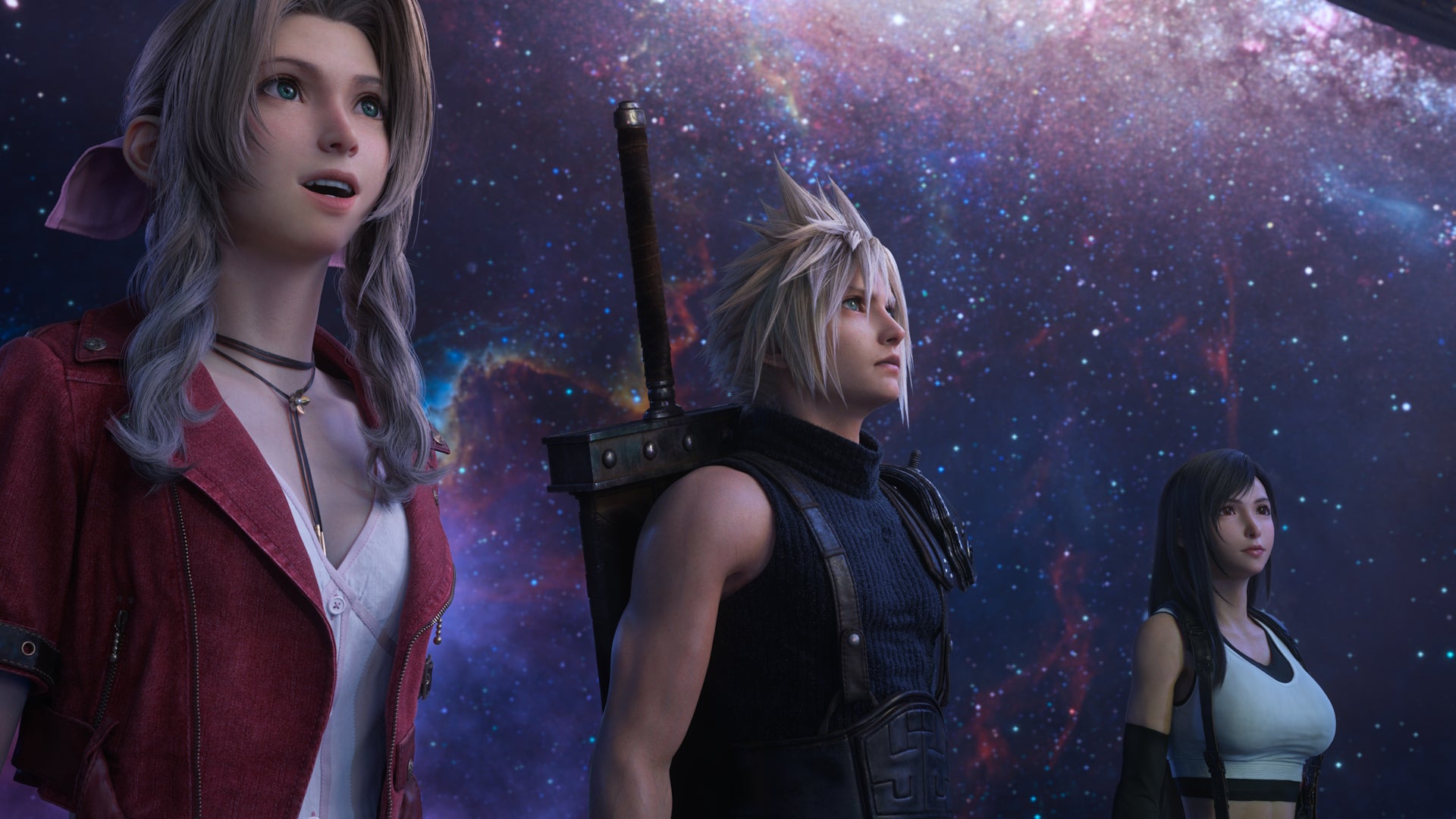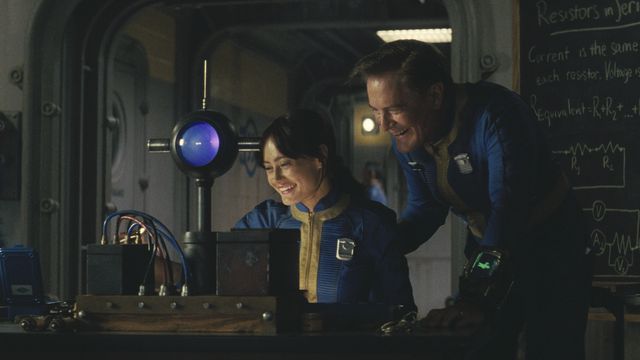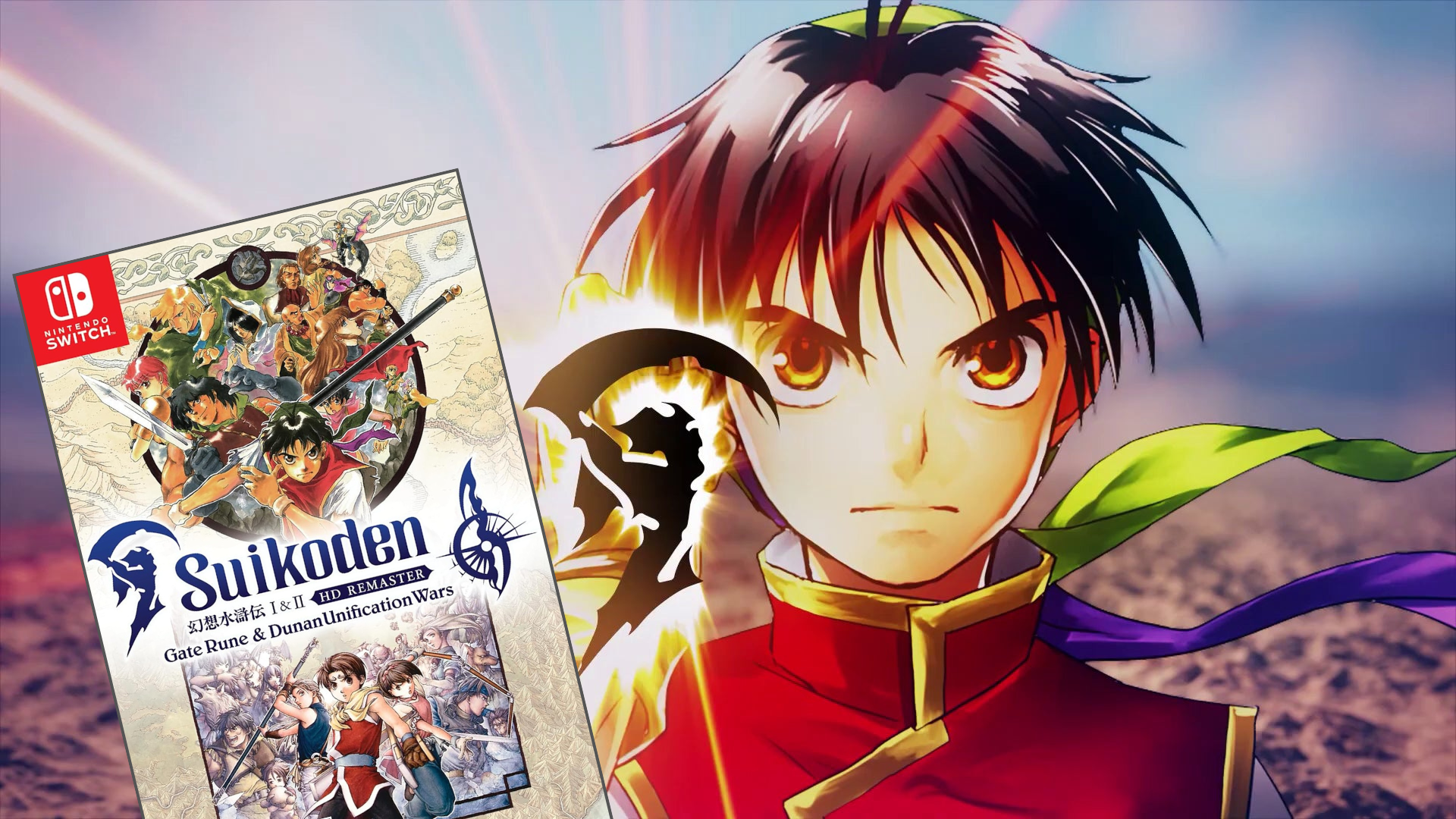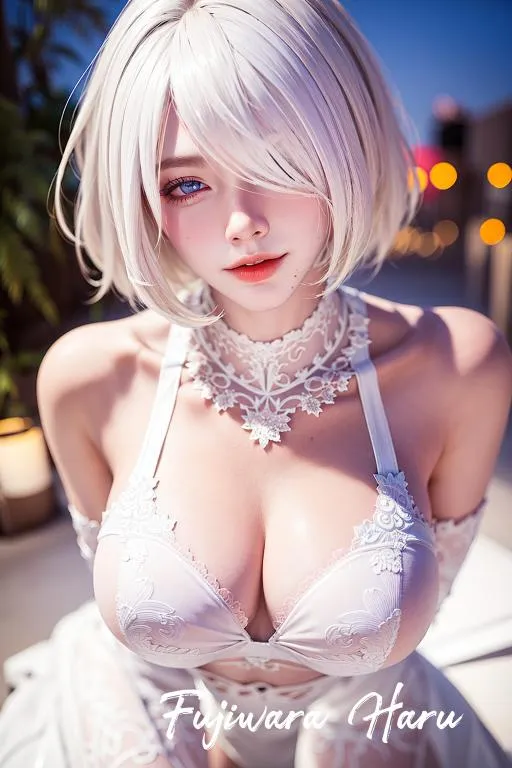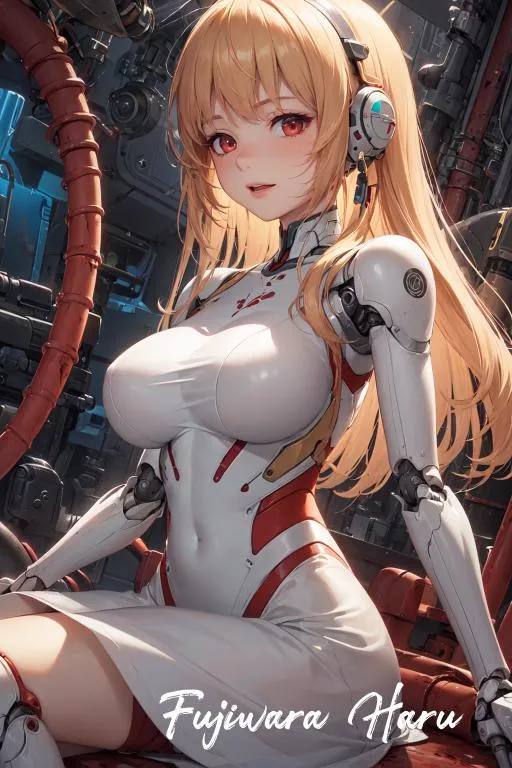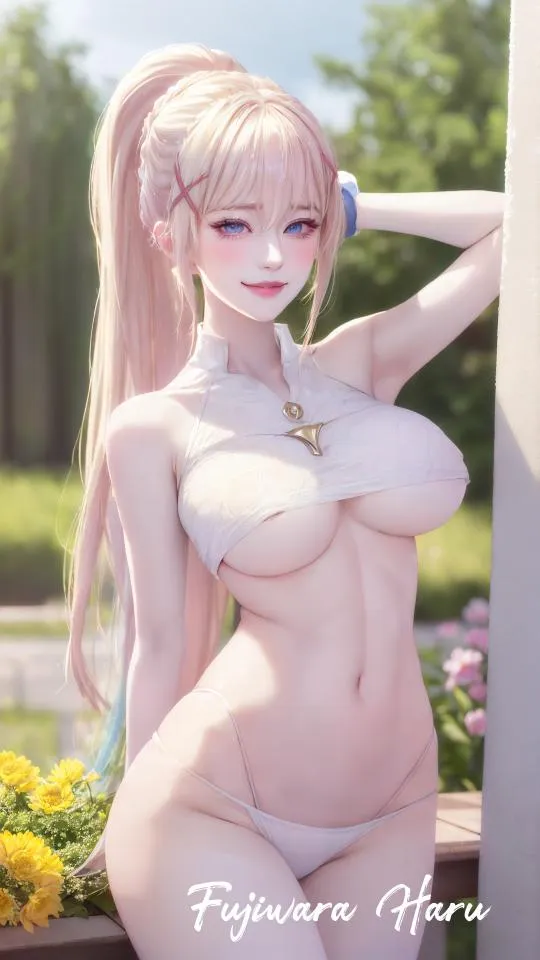For almost 30 years, Final Fantasy was all about the party; the diverse team of fighters, mages, adventurers, and scoundrels that fought together. Spin-offs and online entries toyed with alternate formulas, but the idea of a group saving the world via turn-based battles was the cornerstone of the mainline series. Until 2016, that is. Final Fantasy 15 saw Square Enix controversially pivot to real-time action combat, and with it we lost direct control of our party allies. By 2023’s Final Fantasy 16 the party was practically eliminated, replaced by an occasional helping hand from an NPC. It’s a shift that’s eroded a vital piece of Final Fantasy’s soul.
Parties have historically been an important foundation for many RPGs because they operate at both the narrative and mechanical levels. In combat they offer a range of interesting fighter archetypes that can be mixed-and-matched to unlock valuable tactics and synergies. Those archetypes are reflected in their stories – the wise wizard, the hot-headed mercenary, the awkward lone gunslinger – which in turn sets the stage for strong character arcs. Because party members are positioned as ensemble protagonists rather than supporting characters, there’s generally a lot of effort put into the writing, forging bonds between allies and finding ways to make each member a satisfying part of the whole. A good party elevates an RPG to the next level.
It’s been unfortunate, then, to see Final Fantasy gradually drift away from the party. The highs of what many would consider the series’ golden age – Final Fantasies 6 through 10 – are behind us. We’ve not had a fully-controllable party since 2011’s Final Fantasy 13-2. And so it’s been interesting to see the Final Fantasy 7 remake project, which by its very nature must feature a party, unfold alongside the distinctly partyless Final Fantasy 16. Where the latter honed focus on its action game-like protagonist and relegated allies to secondary supporting cast status, the former has added invigorating new layers to both Final Fantasy 7’s combat and narrative.
Unsurprisingly, building a game around multiple central characters is something that Final Fantasy 7 Remake and Rebirth’s co-director, Naoki Hamaguchi, sees “a lot of potential in”. He recognises that, with party-based combat now practically a retro concept for the series, the remake’s approach feels surprisingly novel. “Having that system where you switch between characters [...] that you work with and you have to strategize with actually provides quite a new and a fresh thing,” he tells me.
The ‘golden age’ of Final Fantasy was always pretty good at this. But the Final Fantasy 7 remake project has pushed this idea into new territory, largely thanks to its use of real-time action blended with a long list of bespoke skills for every single character. Cloud’s heavy sword swings are utilised in an entirely different way to Tifa’s speedy acrobatic strikes, and Rebirth’s Cait Sith introduces a bizarre array of moves based on random chance and use of a giant stuffed moogle toy. The elements that made these characters unique operatives in the original game have been magnified, resulting in what’s arguably the series’ most diverse and well-defined party when it comes to battle.
“I think really that kind of grammar of game design is something that's always been there and I really wanted to bring that back,” says Hamaguchi. But the project hasn’t just brought it back, it’s evolved it, too. Rebirth features ‘Synergy’ skills that see two characters team up to perform elaborate attacks unique to each pairing, something that provides a sense of character bonds being built on the battlefield.
“Traditionally that's always been part of Final Fantasy, the idea you've got a larger cast of characters and you develop an attachment to [them] as you travel with them and you level them up and develop them as characters,” he explains. That was certainly the case until 2016’s Final Fantasy 15, which removed direct control from its party allies and, as a result made the group feel somewhat inconsequential as a fighting force – battle was entirely about Noctis, the sole character you could control. Thankfully the story was still built around the bonds between Noctis and his friends Prompto, Ignis, and Gladiolus. The group adventured together and became a lovable family. Conversely, Final Fantasy 16’s focus on Clive as something of a lone protagonist meant he never travelled with constant companions and so I found that family feel never authentically developed (despite, ironically, family being a key theme of Final Fantasy 16.)
Final Fantasy 7 Remake and Rebirth, on the other hand, has beautifully handled the interlinked and overlapping emotional journeys of its expansive roster. Never is this more clear than in Rebirth’s Skywheel date sequence, in which your beau has an emotionally resonant heart-to-heart with Cloud, but the entire game is filled to bursting point with other examples of wonderful dialogue and evolving bonds. The developing friendship between Tifa and Aerith, who were pitched as something akin to rivals in a love triangle in the original 1997 version, is now a fantastically supportive, valuable pairing. Meanwhile, Barret’s ‘Mr. T as an eco-warrior’ schtick gains deeper, more resonate layers that makes him a significant emotional cornerstone of the party. Everyone gets this sort of treatment, allowing for both genuinely delightful comedy sequences and more introspective scenes. It’s simply the best a Final Fantasy party has been since the days of the PlayStation 2.
Those golden years seem a lifetime ago, but it’s important to recognise the reality that Final Fantasy hasn’t necessarily abandoned the party. Yes, it’s been over a decade since it was the heart of a flagship title, but the series’ significantly slowed release cadence means there’s only been two mainline games in that period, and the shift to real-time combat naturally brought with it hurdles that affected the party structure.
“With an action game system, it's a lot simpler to put together a system based on one character rather than multiple characters,” Hamaguchi tells me. “So in that sense, I think maybe that's why [single protagonist] become more of a standard in the industry.”
As the cost of AAA games increases, there’s a pressure to ensure every penny spent is to the benefit of every player. Hamaguchi points out that expansive parties, by their very nature, can demand a lot of work that will be entirely ignored by many players. “You may never see all of their abilities,” he says. “All of their synergy attacks with other characters right through [to] the end of the game. If you just focus on the other characters, that's not something that every player will have to see.”
It’s understandable, then, why Final Fantasy, with its cutting-edge, high-budget approach, may have sought a future in which we play as only one character. But as a recreation of a ‘90s classic, Final Fantasy 7 Remake and Rebirth couldn’t escape the party. And, naturally, that has cost Square significantly. Every character is uniquely animated, each with bespoke walking, climbing, swimming, and even chocobo-riding animations, not to mention their many, many combat abilities. A colossal amount of resources have gone into realising this beloved group of characters. But it pays off: this party has soul, and as a result so does Final Fantasy 7 Rebirth.
As a series, Final Fantasy is all about reinvention. Every mainline entry is a chance to try something new, and sometimes that requires abandoning the very baseline essence of what the series is. I don’t like Final Fantasy 16’s approach, but I’m pleased it exists. I’m also pleased that, by the series’ very nature, it’s not indicative of the future of Final Fantasy.
But what is that future? We’re currently in an era where RPGs are looking to the past to inform how they move forward. Last year’s Baldur’s Gate 3 built its colossal success on re-contextualizing the freedom of retro classics such as Ultima 7 and the Infinity Engine games for modern audiences. And so I ask Hamaguchi what element of Final Fantasy’s past he’d personally like to see inform its next steps.
“One aspect of the previous Final Fantasies from the older days that I'd like to bring back, and I think a lot of Final Fantasy fans would maybe like to see again, is the job system,” he says.
The job system has featured in multiple games across the series, each time in a slightly different form, and essentially provides swappable RPG classes. It governs the combat abilities of each character, and historically has represented each job through unique costumes for every party member, something Hamaguchi recognises “in terms of the cost and resources required that would be quite an ask”.
“Nowadays, if you want to do that with multiple characters, creating the model with the completely new visuals for that character takes a lot of time,” he explains. “You have to give them completely new motions, work out the camera, their special attacks. And then do that times the number of jobs, times the number of characters.”
In the era of 4K graphics, where AAA-fidelity assets cost a fortune and sales struggle to justify megaton budgets, perhaps a return to the job system as it once was is out of reach. And so my wish is that, for whatever lies ahead for the mainline Final Fantasy series, Square meets us halfway – with a party. Final Fantasy 7 Rebirth’s gang may not be fully customisable in the way the job system once provided, but their individual, distinct characteristics allow for a battle group that can be tailored to your own personal preferences. Combined with purposeful writing and careful attention to relationships and arcs, the Final Fantasy 7 remake project’s characters are among the most (if not the most) memorable in the entire series. They are the game’s beating heart.
The party is the soul of Final Fantasy. It’s fantastic to see it back and better than ever in Final Fantasy 7 Rebirth, and I hope it’s here to stay.
Matt Purslow is IGN's UK News and Features Editor.
